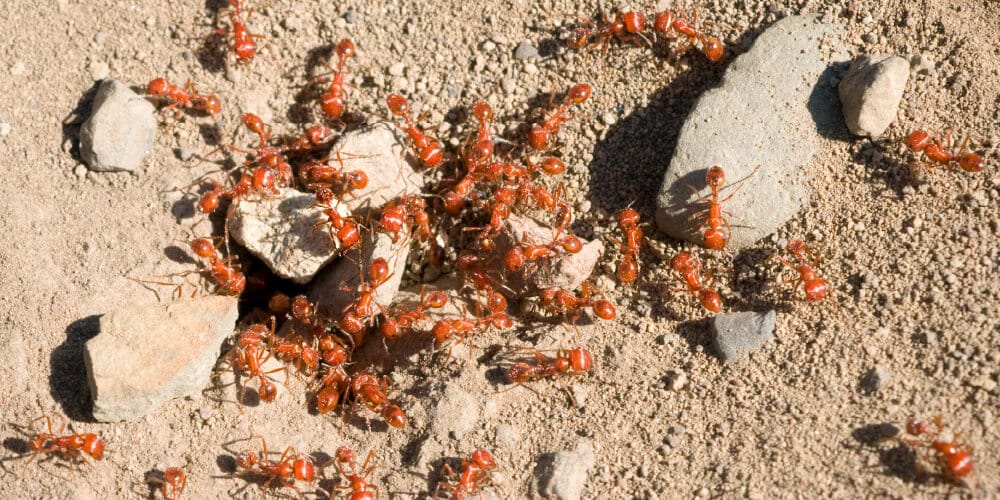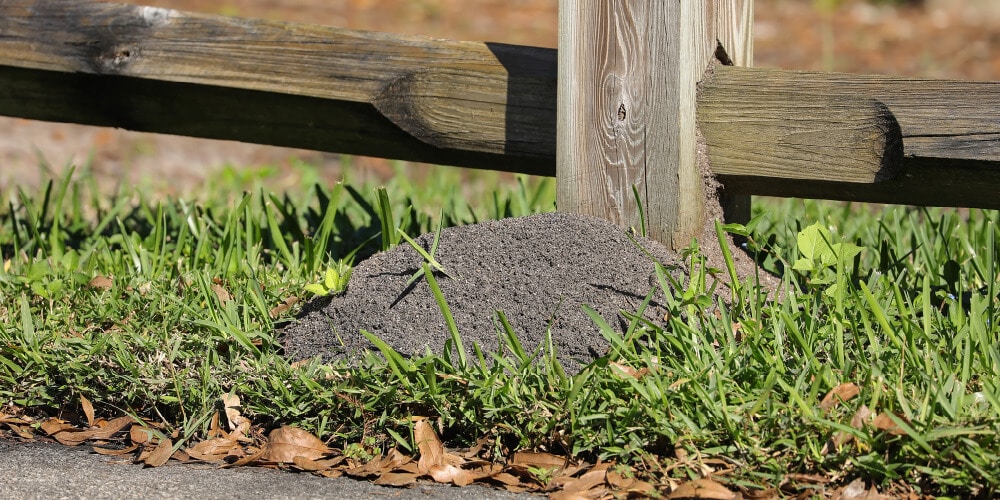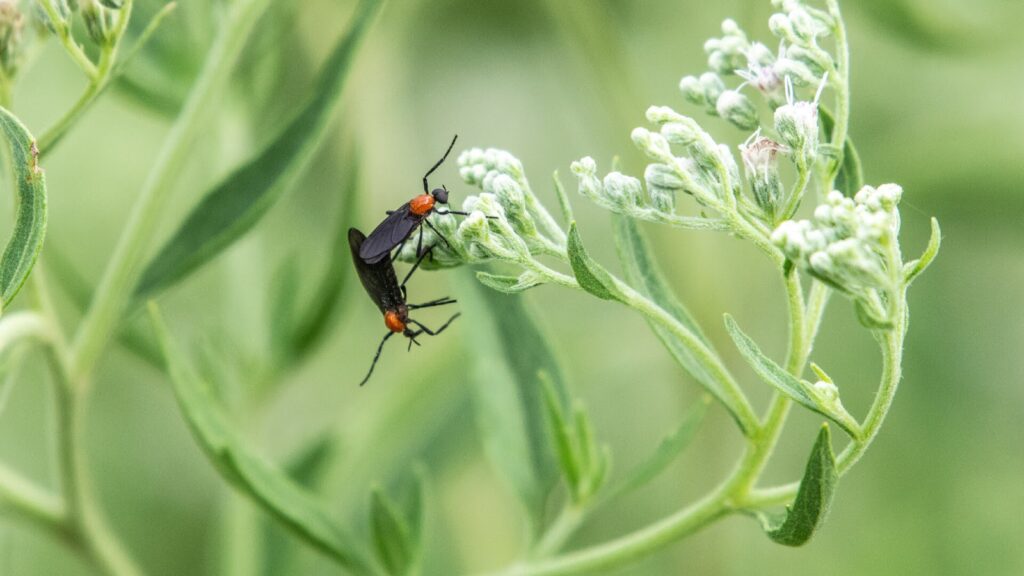In the realm of pests, fire ants stand out as a formidable adversary, with their painful bites and aggressive behavior. For homeowners, understanding the nuances of fire ants is crucial for effective pest control. In this detailed guide, we’ll delve into the identification, behavior, signs of infestation, issues posed by fire ants, and various methods of control.
Identifying Fire Ants
Physical Characteristics
Fire ants are small, reddish-brown insects with a darker abdomen. Workers typically range from 1/8 to 1/4 inch in length, while queens are slightly larger, measuring around 1/3 inch. These ants are renowned for their aggressive nature and painful stings, making identification important for prompt fire ant control.
Nesting Habits
Unlike many ant species, fire ants construct large, dome-shaped mounds in soil. These mounds can reach impressive heights, often resembling small volcanoes.
Behavior of Fire Ants
Social Structure
Fire ants exhibit a complex social structure, organized into colonies that can house thousands to millions of individuals. Fire ant colonies consist of three primary castes: workers, queens, and males.

Foraging Patterns
Fire ants are highly efficient foragers, covering vast territories in search of food. They are omnivores, consuming anything from small insects to seeds, and even carrion. Their relentless foraging can lead to significant damage to crops and other vegetation.
Aggressive Defense Mechanisms
When threatened, fire ants unleash their formidable defense mechanisms. Their stings deliver a potent venom that can cause allergic reactions in some individuals. Moreover, fire ants are known for their tenacity, often attacking in large numbers, making them a formidable opponent.
Signs of Fire Ant Infestation
Visible Mounds
The most obvious sign of a fire ant infestation is the presence of characteristic mounds in outdoor spaces. These mounds can be found in lawns, gardens, and other grassy areas. Recognizing the distinct shape and structure of these mounds is important for early detection.

Stinging Incidents
Frequent encounters with painful ant stings, especially in areas with known fire ant activity, may indicate a growing infestation. Stings can lead to discomfort, swelling, and, in some cases, allergic reactions.
Landscape Damage
Fire ants can cause damage to landscapes by tunneling through the soil, compromising the stability of plants and structures. Keep an eye out for wilting plants, damaged roots, and undermined soil, as these are indicative of fire ant activity.
Dangers of Fire Ant Infestation
Health Risks
The venom of fire ants contains toxins that can trigger allergic reactions, ranging from mild discomfort to severe anaphylaxis. Individuals with allergies to insect venom must exercise caution, as encounters with fire ants can have life-threatening consequences.
Methods of Fire Ant Control
Without Professional Pest Control
Homeowners sometimes resort to do-it-yourself methods for fire ant control. Common approaches include pouring boiling water into ant mounds, using insecticidal dust, or employing natural remedies such as diatomaceous earth. While these methods may provide temporary relief, they often fall short of achieving long-term control.
With Pest Control
Professional Intervention
Engaging professional pest control services offers a more reliable and effective solution. Pest control experts employ EPA approved pest control methods and products, taking the hassle out of DIY pest control and providing a more long-term solution to your pest problems.
Ongoing Monitoring
Professional pest control services extend beyond the initial treatment, often incorporating ongoing service to deter fire ant colonies from re-establishing. Regular inspections and proactive measures help maintain a more protected home.
How to Treat Fire Ants
Landscaping Practices
Implementing proper landscaping practices can deter fire ants. This includes maintaining well-manicured lawns, removing debris, and keeping vegetation away from structures. Regularly inspecting outdoor areas for signs of ant activity is essential for early intervention.
Pesticide Barriers
Applying barriers, such as ant repellents or insecticides, around the perimeter of buildings and high-traffic areas can create a protective shield against fire ants. Regular reapplication may be necessary for sustained efficacy.
Conclusion
In the battle against fire ants, knowledge is the most potent weapon. Identifying these pests, understanding their behavior, recognizing signs of infestation, and being aware of the potential issues they pose are important steps toward effective control. While DIY methods can offer temporary relief, professional pest control services provide a more robust and long-term solution. By adopting proactive measures and incorporating effective pest management practices, homeowners can protect their spaces from the relentless march of fire ants, promoting a more enjoyable home.










